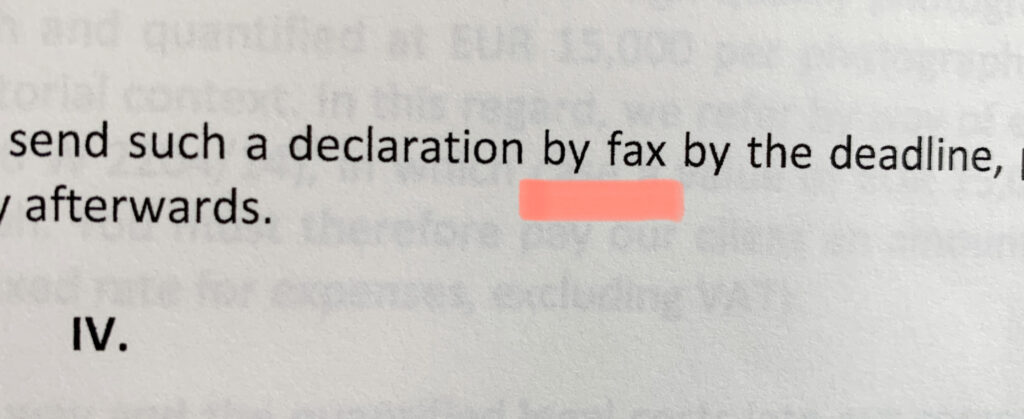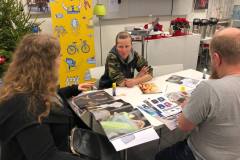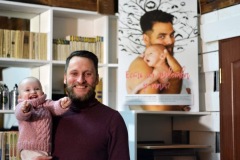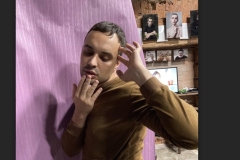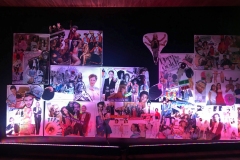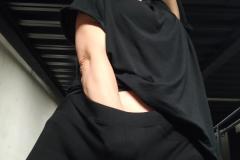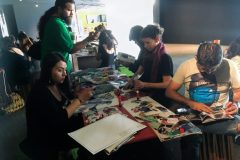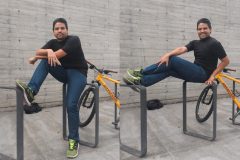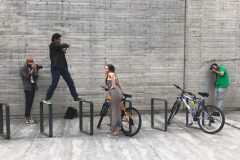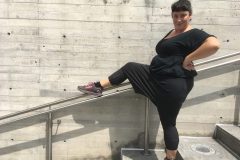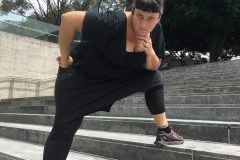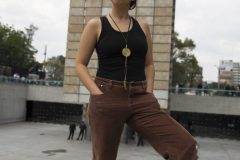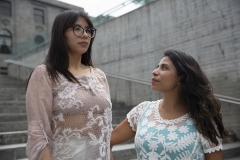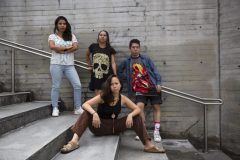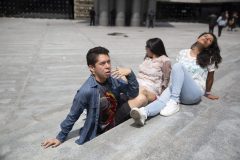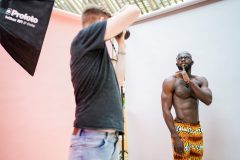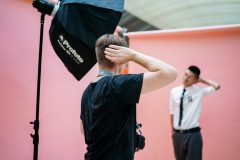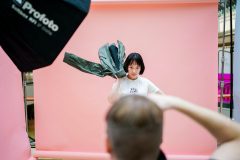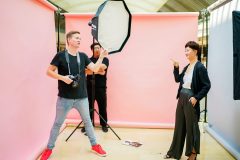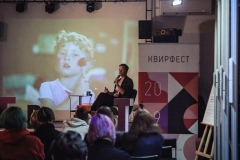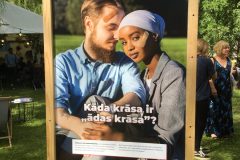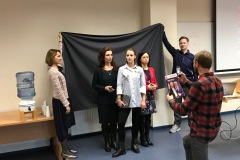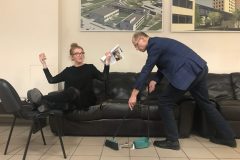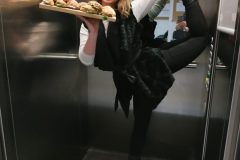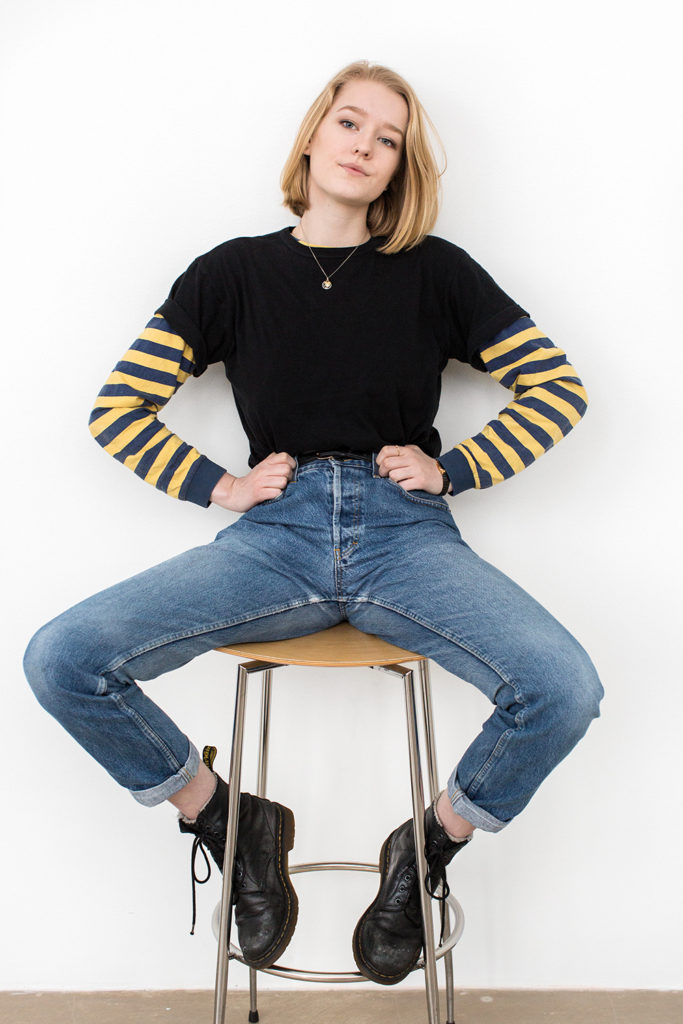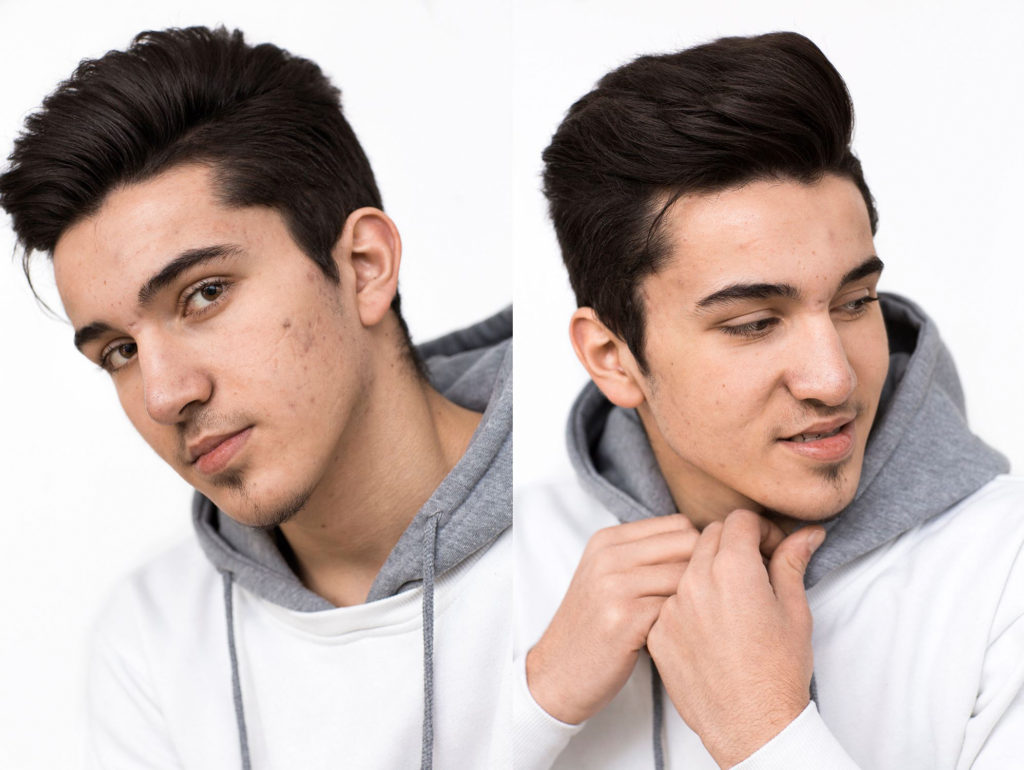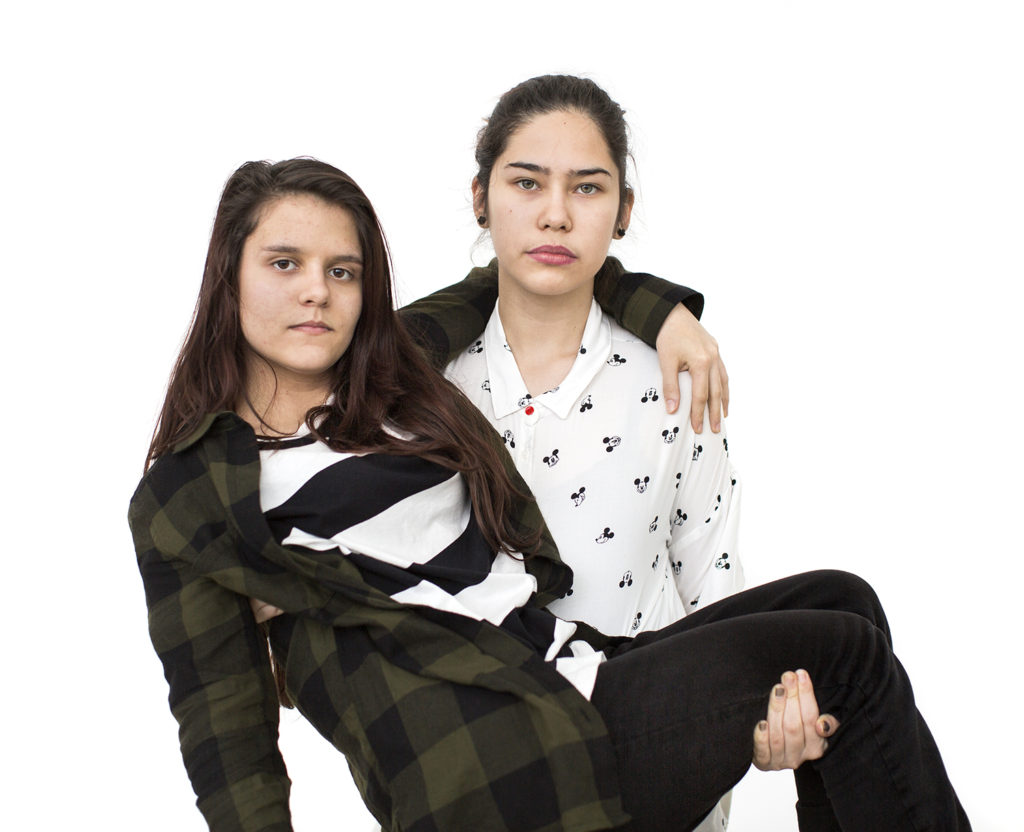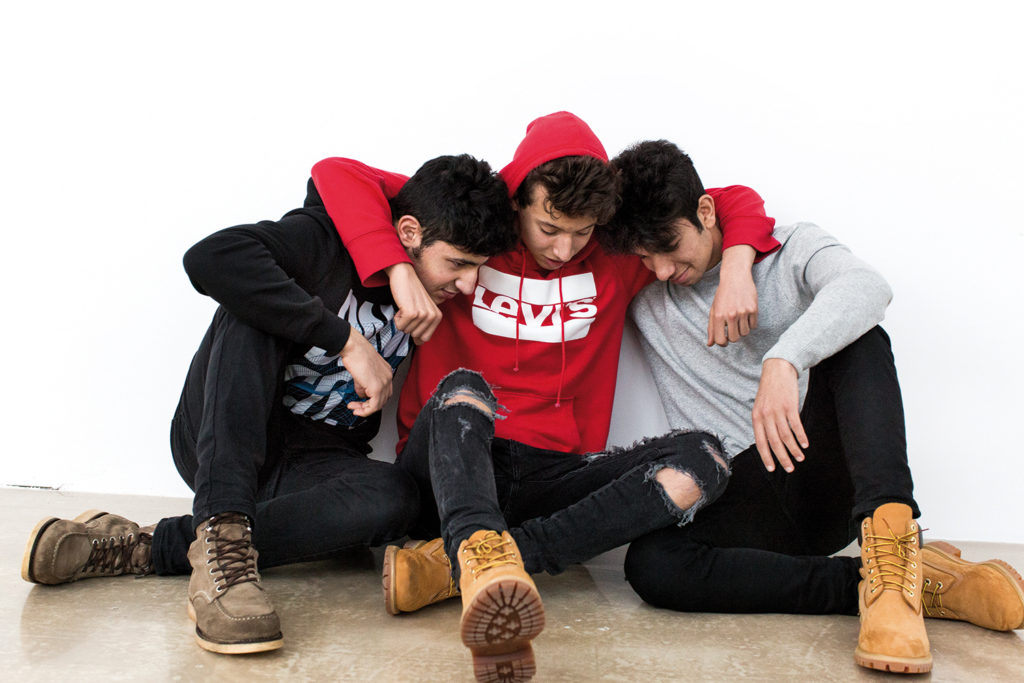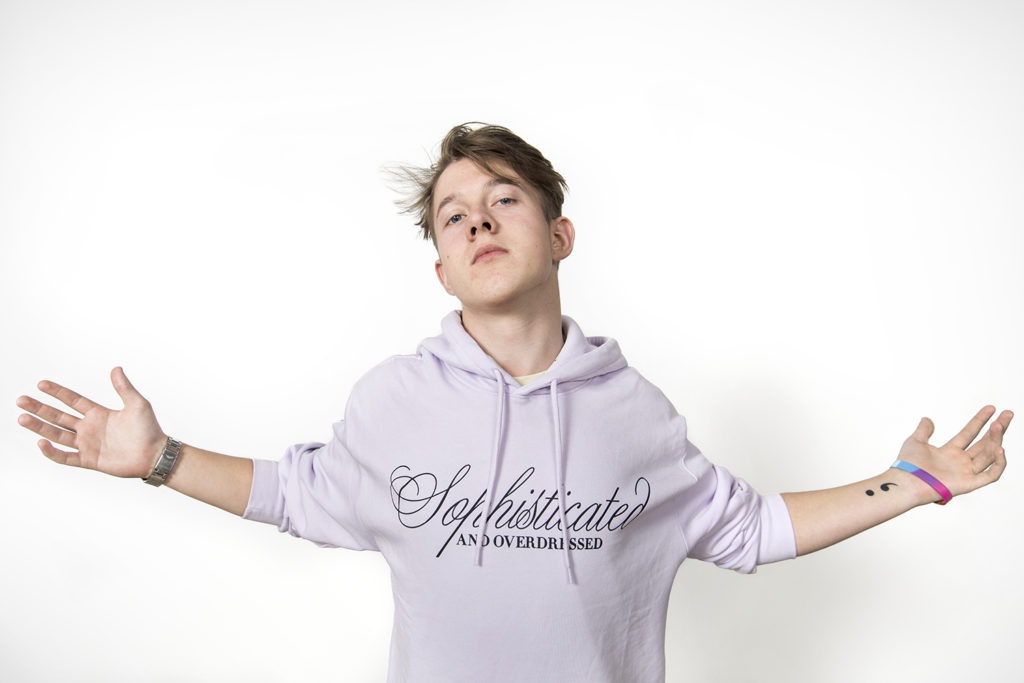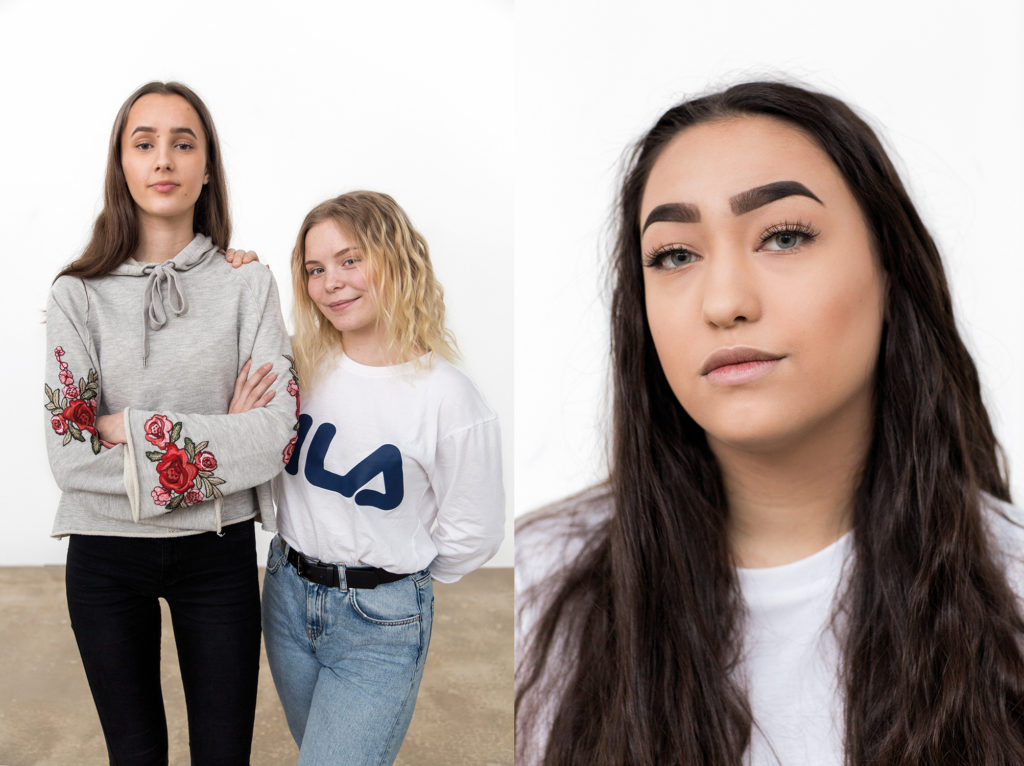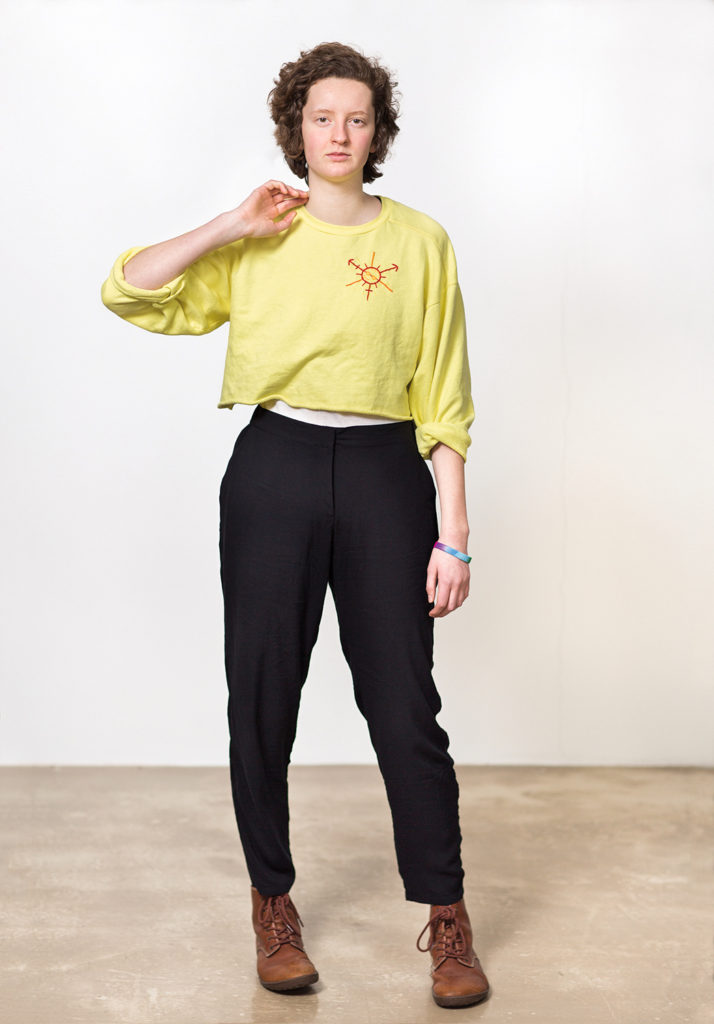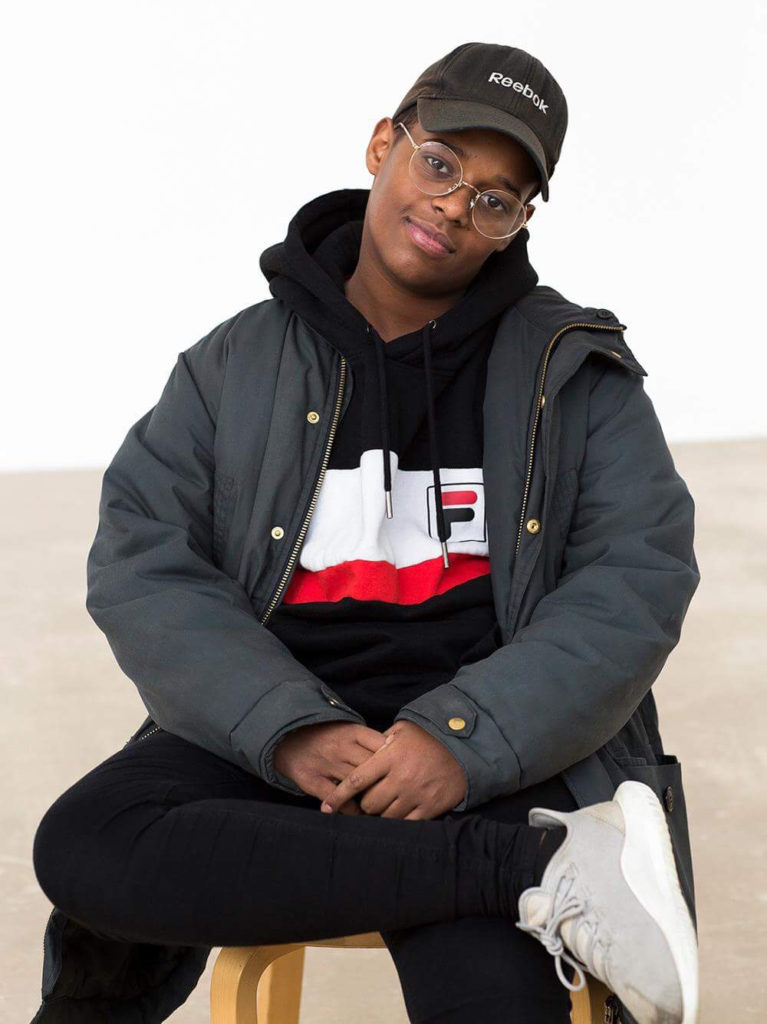Image Criticism Online – Soon Legal in Sweden?
Right in time for the 10th year anniversary of this blog, I have once again been threatened with legal actions and had to pay damages for something most people would think is legal to do. As a result, I need to find two news anchors (from any country) that can help me reconstruct a censored image.
People usually pay me to analyze their pictures. But sometimes It’s me who has to pay.
Recently, I transferred 1,000 euro to a German law firm that would otherwise sue me on behalf of an American photo agency because I without permission used and criticized their photographers’ picture on my blog.
I got away cheap. If I had refused to pay and let the dispute go to court, the legal costs could have landed at up to 28,500 euro, a lawyer I consulted estimated.
… Slightly more than the 13,400 euros I could have ended up paying if I had lost in Svea Court of Appeal to the association that sued me for criticizing a photo from their cave-diving themed pinup calendar. (Don’t ask.) Significantly more than the 1,440 euros I had to pay the photographer behind the photos of the chef Louise Johansson drinking water from a dishwasher hose in Arlanda Express’ customer magazine. And who knows what an actual court would have thought of Fisk og Fri’s demand that I should pay 4,000 Danish kroner a day until I wiped their fish porn from my blog. (Finish eating before you click on the link.)
So, what’s the latest image I’ve had to take down or censor on my blog?

You’re welcome: image criticism without images.
A portrait in Vanity Fair of the news channel MSNBC’s talk show hosts Mika Brezinski and Joe Scarborough, taken by the photographer Mark Seliger.
Two news anchors. One sitting on a chair with his legs comfortably crossed. The other one posing on a table (of the butcher bench type), in high stiletto heels and some sort of acrobatic pinup pose, turning her head to cast an admiring or flirtatious look at her colleague.
The agency August and their German lawyers at first demanded 2816,40 euros for my unauthorized publishing and criticism of this photo in my post Happy bodies help against nude shocks. After two months I managed to negotiate down the damages. But I did not succeed in convincing them that I should be allowed to use the image.
But why should I? Why should I be allowed to analyze a photo that isn’t mine (without paying)?
Well, because criticism is enshrined in both American (through the Fair Use doctrine) and European law as an important exception where it should be possible to use already published works of art, with or without the author’s permission. To balance copyright against freedom of expression. And in order for claims of copyright infringement not to be used to silence and censor information, debate or criticism that is in the public interest. (And to financially damage critics.)
In Sweden, however, there is a demarcation that becomes more absurd with each passing year.
This is what it still looks like in our Copyright Act, in 2022:
Article 23. Works of fine art which have been made public may be reproduced
1. in connection with the text in a non-commercial scientific presentation;
2. in connection with the text in a critical presentation, but not in digital form
OK, the Boomer law.
How could it turn out like this? That we in the country with the world’s oldest press freedom ordinance and a proud history of safeguarding freedom of expression have a law that encourages image criticism in the press but not cyberspace – where most of the debates, analyses and criticism takes place today?
Answer: The legislation was written back in 2003.
It was in 2003 that we were to transpose the Information Society Directive into Swedish law; an EU directive that, among other things, outlined which exceptions in copyright law countries could implement. And in a Swedish memorandum it was proposed that “in connection with the text in a critical presentation, works of art may only be reproduced in analogue form”.
Exactly why it was concluded that it would probably be for the best to ban unauthorized image criticism online is not clear. But the decision was made before Facebook (2004) existed. Before Youtube (2005), Twitter (2006) and Instagram (2010). Before social media existed, basically.
But you know what? We can finally correct this mistake this year, if we want to.
A new EU directive on copyright will be introduced into Swedish law. And it says that all member states must assure their citizens that certain exceptions – including for parody and criticism – apply when using online content sharing services. And a new Swedish memorandum proposes that this should be added to the law via a new Section 52.
However, no deletion of that unfortunate anachronistic sentence “but not in digital form” is mentioned, which opens up a new potentially confusing demarcation: will critical analysis of images only be allowed if it takes place on major social media platforms such as Facebook, but not on other kinds of websites like, for example, blogs? The risk is that we would once again limit image criticism – one of media criticism’s most powerful tools – to specific media, instead of just letting criticism completely free.
Given that it may take another twenty years until the next chance to update the law so that it keeps up with technology, I hope that we can look ahead this time. Let 2022 be the year when Sweden legalizes image criticism on the internet!
Until then, I need help with one thing…
Hi!
Do you work as a news anchor or talk show host for a news program on one of your country’s largest TV channels?
Could you and a colleague of another gender consider helping me reconstruct the image from Vanity Fair that I’m no longer allowed to show on my blog?
Note: I will, of course, do a gender-swap; that is, let the man recreate the woman’s pose in the original photo, and vice versa. So, as a male news anchor, look extra closely at the picture and think about how agile you are.
Volunteers are welcome to contact me at tomas.gunnarsson@genusfotografen.se
E-greetings,
Tomas
Bonus read:
The agency August and their German lawyers threatened to sue me in German court – something the lawyer I consulted believed could become a reality. I did not even bother to refer to Swedish legislation, since a trial in Swedish court would mean a rock-solid loss.
Instead, I tried to meet them half-way. I suggested that I keep the image on the blog, but correct a mistake they rightly pointed out: not naming the photographer. When they said no, and insisted that I sign a contract where I undertake never to publish the image again, I suggested another solution: that I should pay a sum as compensation for having omitted the photographer’s name, but upon payment get permission to analyze the image on my blog anew.
When the answer still was no, I at the end paid and signed their contract, and sent it by email – even though they would first wanted it via… fax.
A Constructive Scandal
Finally, after working on it for the better part of a year, I can hang this on my wall:
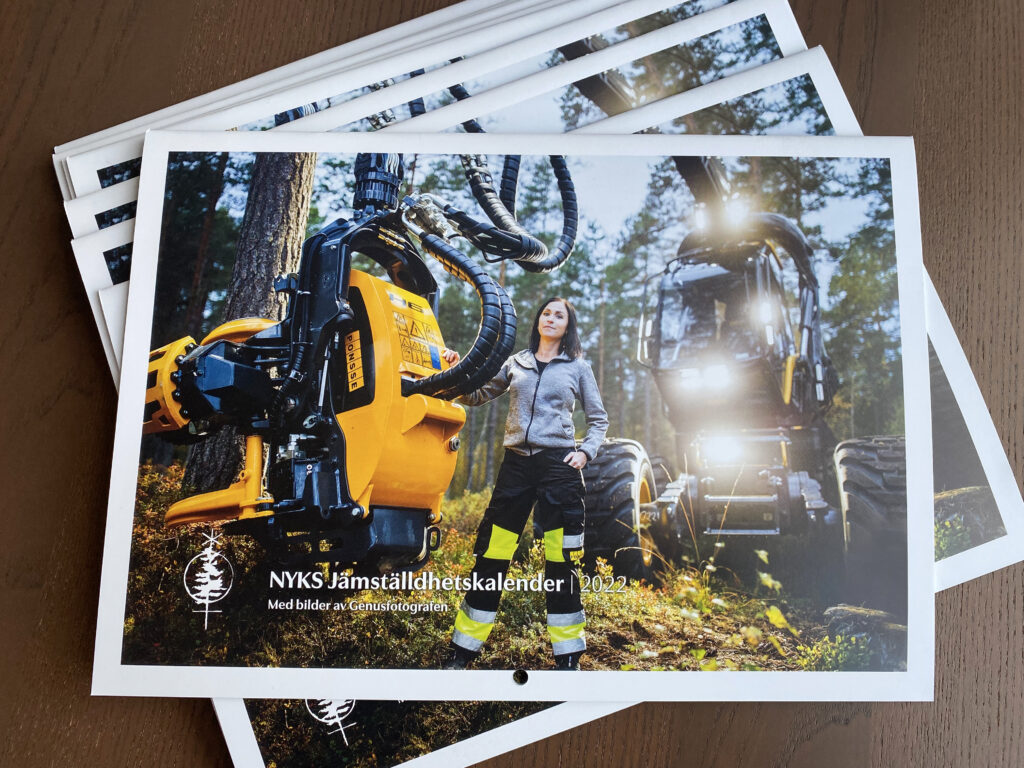
NYKS’ Equality Calendar 2022. For which I’ve had the honor to take the portraits and do the interviews, traveling to some of the most beautiful (and in some cases most horsefly- or mosquito-infested) workplaces in Sweden.
If you’re not familiar with NYKS, it stands for The Network for Working Women and Non-binary People in the Forest Industry. And if you don’t know the backstory about why this calendar was made, prepare yourself to hear an inspiring story about doing something constructive out of a scandal. (Interspersed with action shots and power portraits from the calendar.)

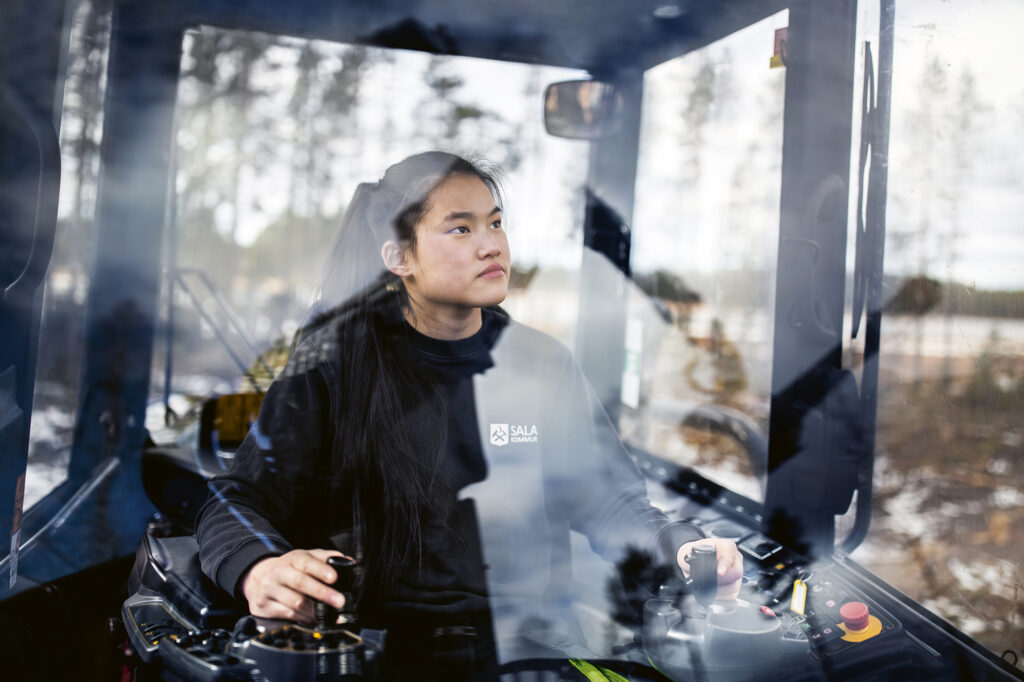
Two years ago, it came to public attention (thanks to members of NYKS) that the Finnish forest machine manufacturer Ponsse for years had bestowed their customers with a calendar, produced by a German subcontractor, in which scantily clad models posed on top their forest machines.
The Swedish Forest Agency and several of the largest forest companies in Sweden agreed with NYKS’ criticism and put their foot down against Ponsse, who – despite many laugh-crying and boiling angry faces from men in comment sections – decided that it was time to leave the calendar-making business.
The story could have ended there. With a “what ?? do we live in the 1970s?” at the sight of the calendar, to an “okay, no, maybe it actually is 2020” when the forest industry condemned it. But NYKS was looking ahead.
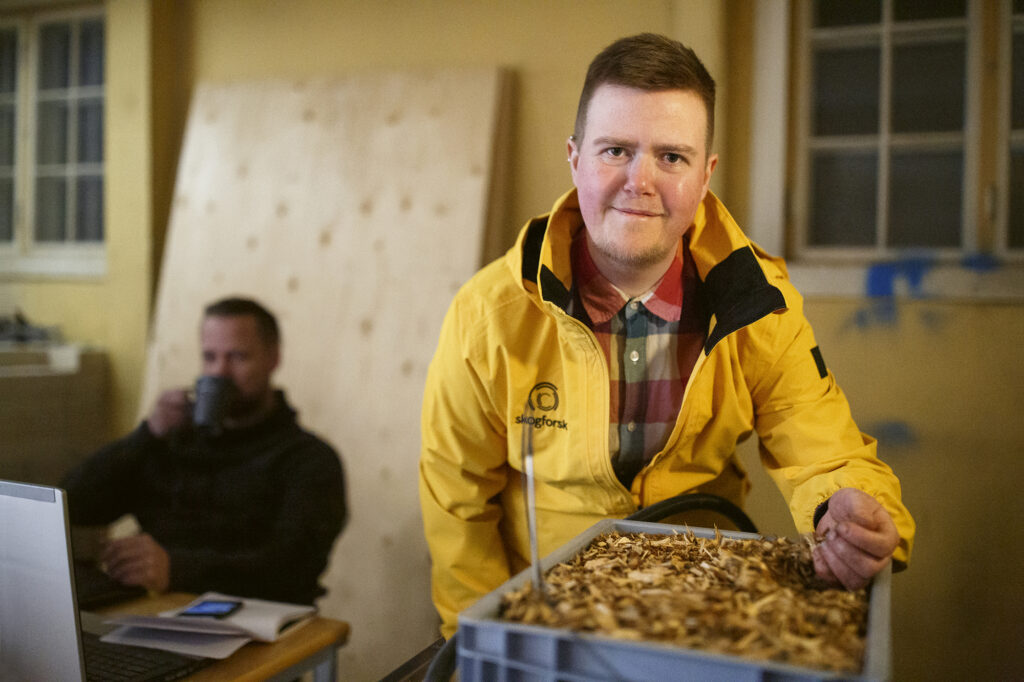

Mathilda: »We must be able to trust each other one hundred percent. Because when you work with tree felling on the ground and a dangerous situation arises, you can go to the side, but you can’t do that up in a tree.«
Ylva: »We have worked together so much that I know what’s happening just listening to my mom’s breathing.«
It was Erika Alm, sustainability specialist at Stora Enso Skog and a member of NYKS, who called Ponsse Sweden’s CEO Carl-Henrik Hammar with an offer: to sponsor the creation of a more modern calendar.
Ponsse said yes without hesitation. As did I, when I was asked to take the pictures for it. I had seen the headlines about the scandal calendar and was very inspired when I heard about the new chapter in the story. That a company that “actually was involved in causing some of the challenges we work with today” – as Carl-Henrik Hammar puts it in his blurb in the calendar – takes the chance to turn things around and do something that could actually contribute to making the forest a more equal and inclusive place to work at.
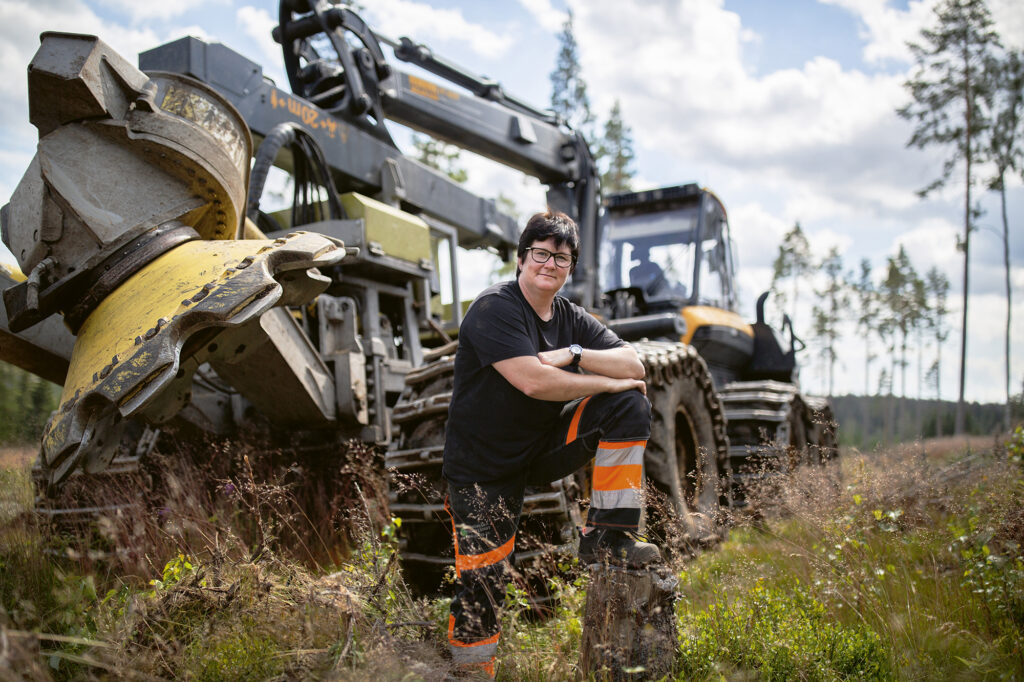 Gunilla Arnesson, scarification driver from Blekinge. »When I started working in the forest, few people believed in me. But I’m still here, 14 years later. Same industry. I know what I can do, and I’m good at it.«
Gunilla Arnesson, scarification driver from Blekinge. »When I started working in the forest, few people believed in me. But I’m still here, 14 years later. Same industry. I know what I can do, and I’m good at it.«
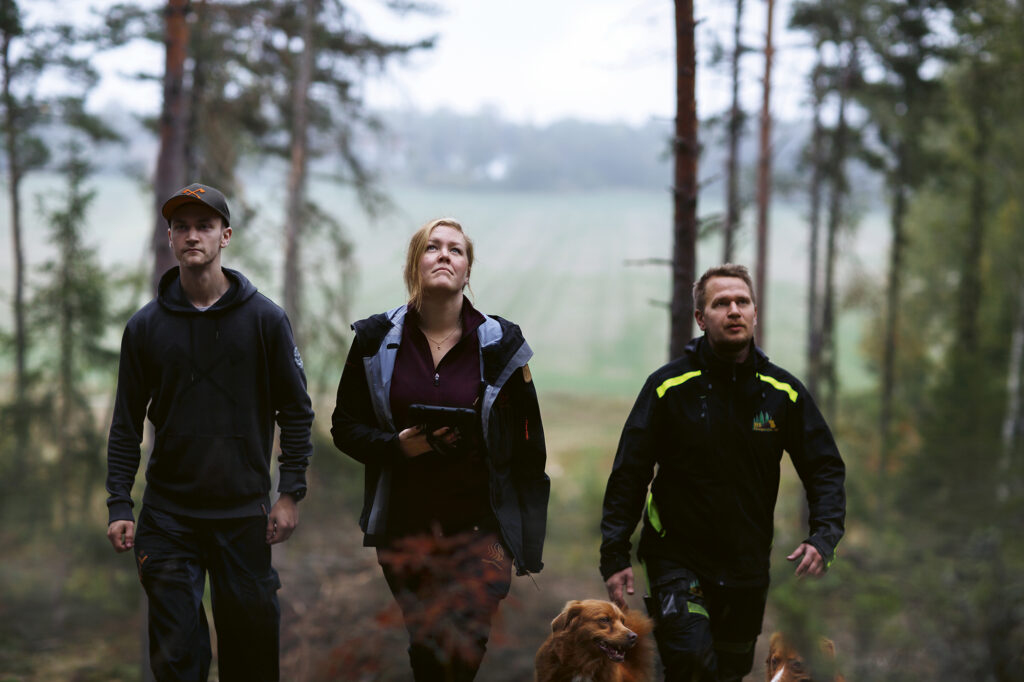 Hanna Flink, production and timber manager at Skogssällskapet. »The forest industry is not evolving fast enough. And that’s because people in it would rather hire people they’re comfortable with than those who are open and dare to question things.« (Hanna is flanked by Johan, August, Nomi and Saffron. I’ll let you guess who’s who.)
Hanna Flink, production and timber manager at Skogssällskapet. »The forest industry is not evolving fast enough. And that’s because people in it would rather hire people they’re comfortable with than those who are open and dare to question things.« (Hanna is flanked by Johan, August, Nomi and Saffron. I’ll let you guess who’s who.)
The greatest praise, however, should of course go to NYKS, who hatched such a brilliant idea. To make a new calendar and replace the stereotypes with portraits of 12 super-competent women and non-binary people who work in the forest for real every day, and perhaps succeed in inspiring more people to find their calling in the forest. You can’t be what you can’t see.
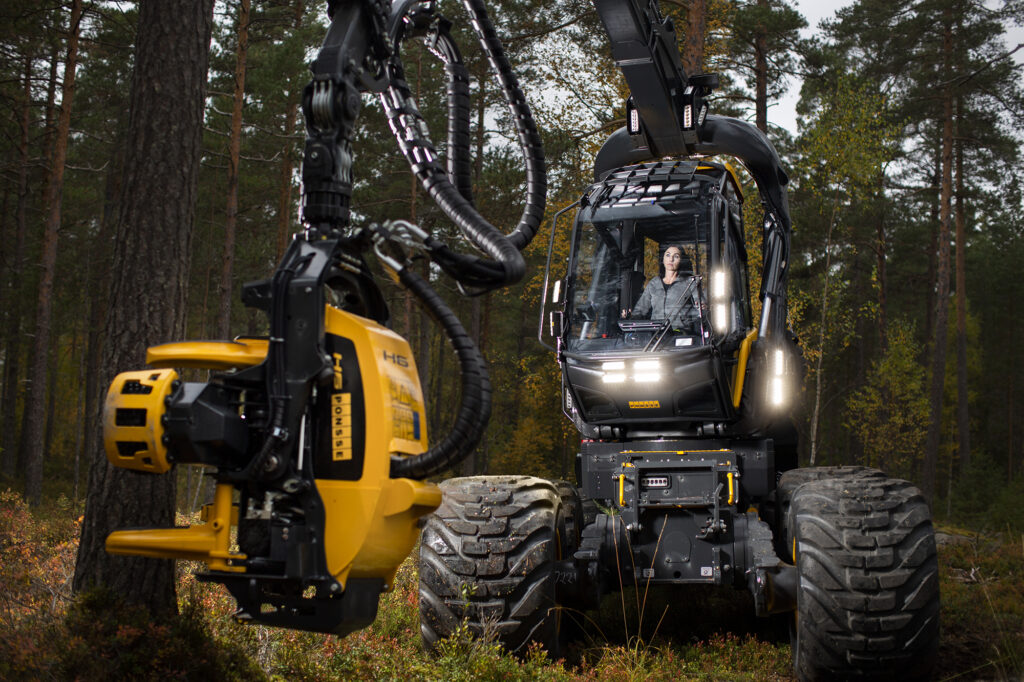 Anna Utter: »When I drive a forestry machine, I am one with the machine. It’s me. Like when you pick something up with your hand, that is what it feels like to me when I use the unit. I sense exactly what it will do.«
Anna Utter: »When I drive a forestry machine, I am one with the machine. It’s me. Like when you pick something up with your hand, that is what it feels like to me when I use the unit. I sense exactly what it will do.«
Thank you Erika Alm, Anna Schyman, Erica Björndotter, Emma Strandberg and Malin Eriksson at NYKS, for incredibly fun project group meetings and photo discussions. Thank you Ponsse, for saying yes to everything and giving us free hands. And a warm thank you to all the participants in the calendar, for the great conversations and for allowing me to intern with you (and your dogs).
Swedish Gender Photographer Spends One Week Consuming Estonian Media
Do women and men bathe in hot tubs differently? Why is Dad not needed on the family photo? What is the Estonian equivalent of a Swedish Local Newspaper Disappointment™? And is it possible for an image to undermine a thousand words? These are some of the questions I had to sort out when the Estonian independent feminist publication Feministeerium invited me to review Estonian news magazines. Click here or on the image below to read the results.
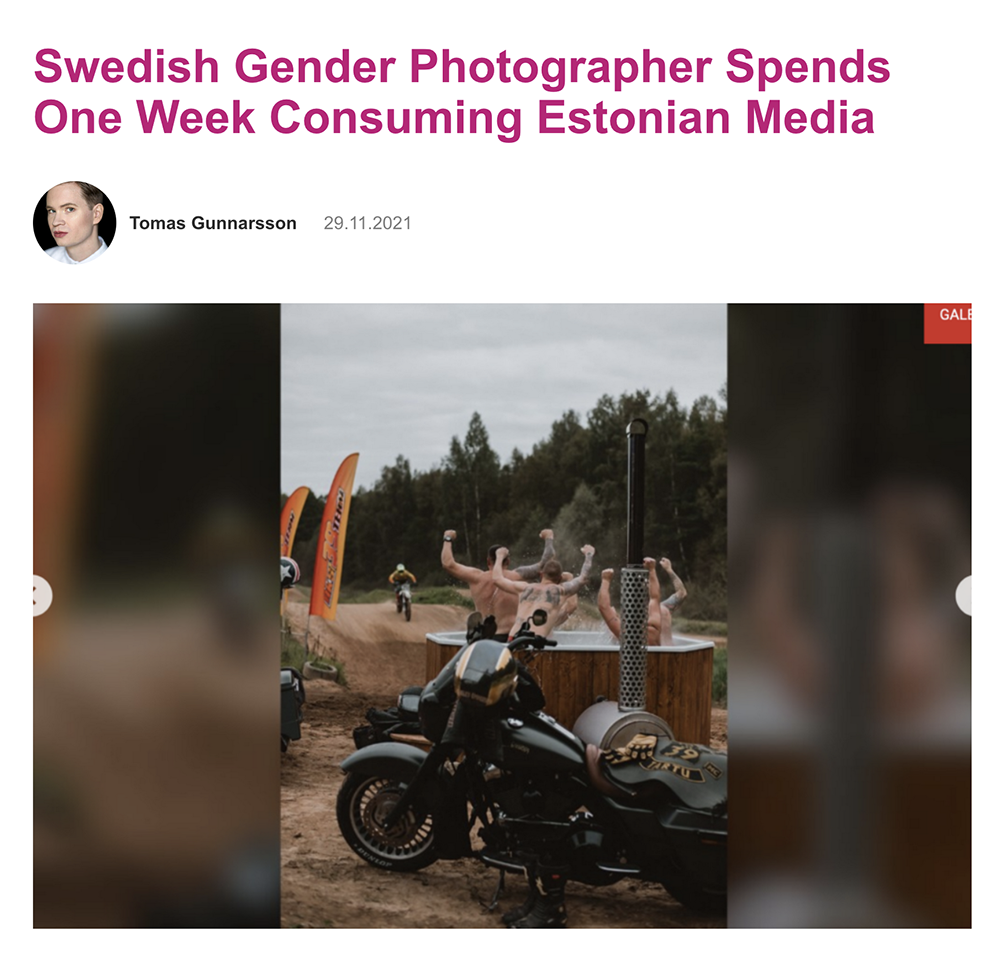
Images that change the world (literally speaking)
When the City of Gävle and I released our guide book and photo exhibition about gender-aware and inclusive communication in Swedish in 2016 we chose the name Images that change the world. Despite the ambitious delimitation “the world” I don’t think we ever actually thought that the project would leave Swedish borders.
Now the photo exhibition exists in a revised, updated form translated to Russian, Chinese, Spanish, English, German, Croatian, Latvian and Italian, and has with the help of the Swedish Institute and Swedish embassies around the world been shown (so far) in Shanghai, Moscow, St. Petersburg, Petrozavodsk, Zagreg, Riga, Rome and Mexico City.
Opening at Taikoo Hui Mall in Shanghai. In the thumbnail is the transgender guy Jazz and his little sister Bobbo, who says: ”you’re a boy, and you’re also my big sister.”
If you want to take part of the guide book and photo exhibition in English it’s available in it’s entirety as a toolkit at the Swedish Institute’s resource site SharingSweden.se: Images that change the world.
Here are some workshop images from the world!
Images from workshops and exhibitions in Riga, St. Petersburg, Moscow, Shanghai and Mexico City.
In connection to mine and the Swedish institute’s revision and internationalization of the project a movie was also recorded about my work, for those who want to see me in action portraying a boss (the City of Gävle’s then communications director Johan Adolfsson) posing upside down in various beautiful sofas.
Mini-documentary about my work as the Gender Photographer produced by the Swedish Institute.
Youth. Identity. Diversity.
After working on a couple of photo projects that have taken me years to complete (Images That Change the World, Who Are They?), in January this year I was given the refreshing task of taking all the photos for a photo exhibition in one day.
”Youth. Identity. Diversity.” is a photo exhibition consisting of my pictures of 19 young people from the southern Norwegian city of Kristiansand, taken at a school photography pace on January 17 at the Kristiansand public library, and interviews with the youth about their thoughts on norms, ideals and prejudices tied to gender, sexual orientation and ethnicity.
So far it is unclear if the exhibition will get border-crossing legs, so I thought I would publish some of the pictures here.
The exhibition is a collaboration between Kristiansand public library, Skeiv Ungdom, Senter for likestilling and me.
Victor and Håkon

When Victor and Håkon entered the art hall, I thought: these sporty, popular guys probably won’t want to take too non-macho pictures.
I was completely wrong. Victor and Håkon was enthusiastic about the 19th century photos I showed during my workshops of men who, at that time, had an untroubled relationship with physical proximity and to expressing their love for their friends in pictures (I wrote about it in my blog post Men’s thighs were more used before). I don’t think I could be more satisfied with the result in the photo above, which I think has zero distancing backslapping-vibe.
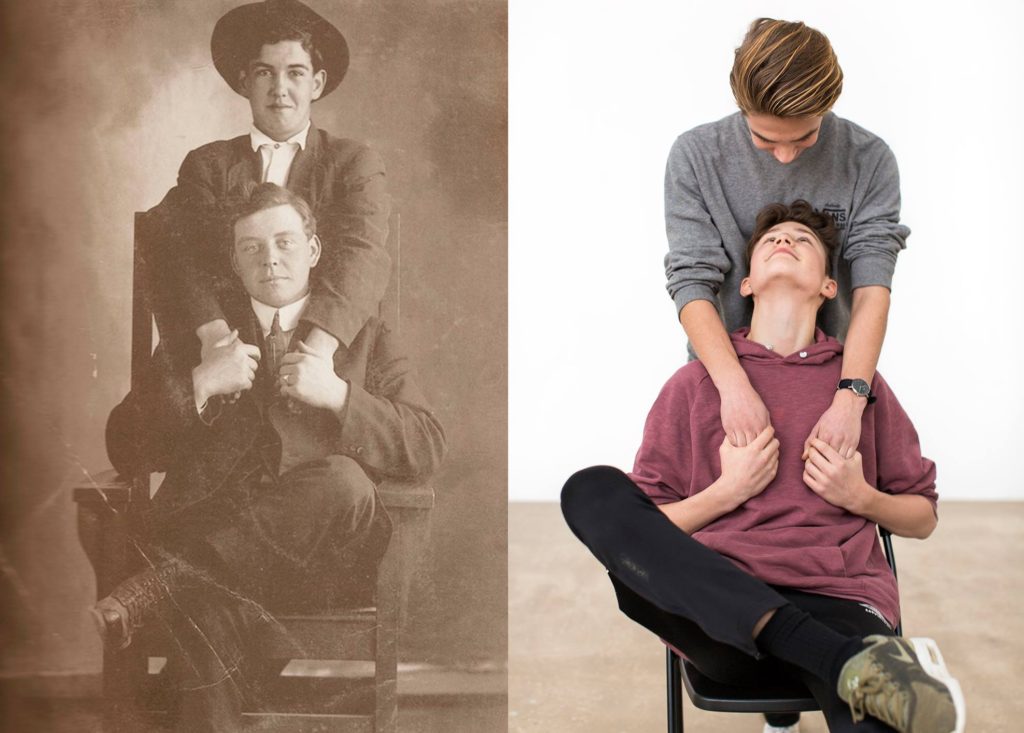
In itself a bit of “masculine” behavior by Victor and Håkon; how competitively they tried to outdo their 19th century BFF soulmates … in cuteness!
Line
A #womanspread by Line. Inspo for you who will take a seat in public transport or a TV sofa soon.
Motaz
“I don’t like to smile in the picture,” Motaz said in his interview. That’s why we screened away a whole bunch of pictures where Motaz laughed and smiled at the picture. But this corner of the mouth-smile passed!
Izabella and Amalie
Izabella and Amalie had their posing idea ready when entering the room. Convenient when others do your job for you!
Abdallah, Hussein och Waad
I took a lot of pictures of Abdallah, Hussein and Waad as they stood and looked like this and looked into the camera, but I thought this – when they didn’t – became the most intimate. When they focus completely on each other.
Henrik
Henrik. Sophisticated and overdressed. I like the combination of the ‘come at me bro’ pose, which, according to Henrik, was ironic, and the semicolon tattoo.
Teodor, Neisse and Nada
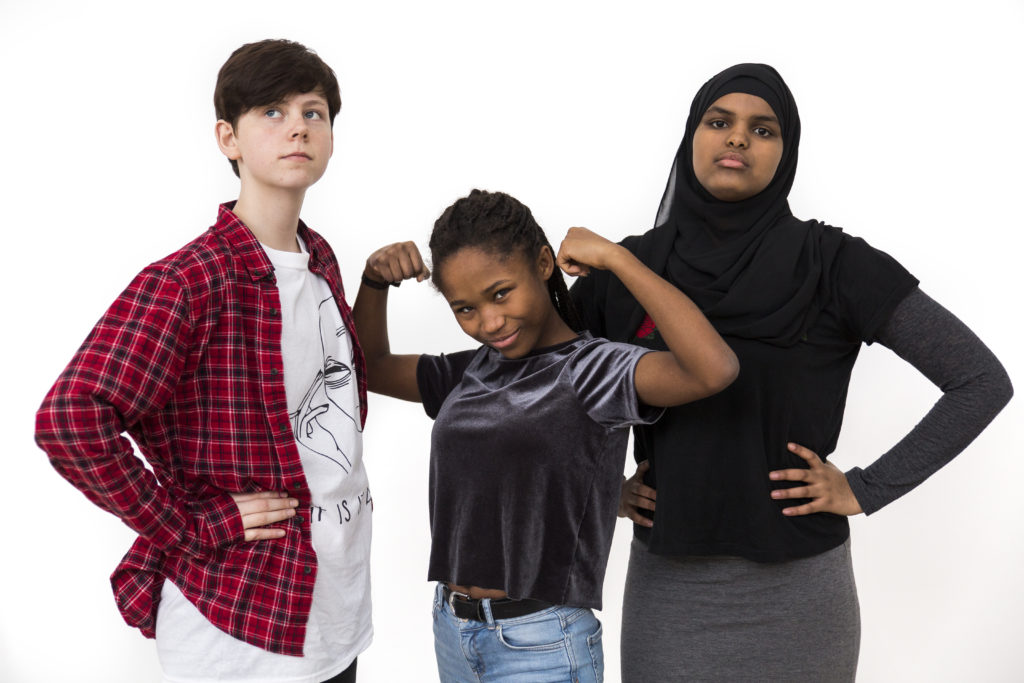
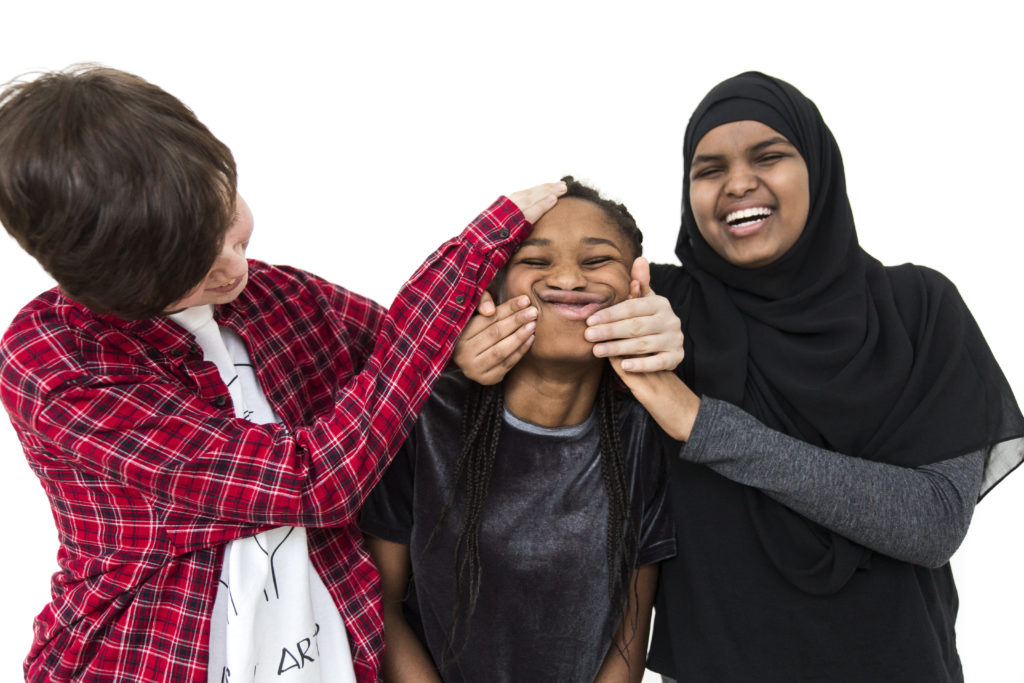
This gang. Theodor, Neisse and Nada. Came in and owned the Art Hall. I almost too many good pictures of them. It was hard not to capture their infectious energy and fantastic charisma.
Nelle
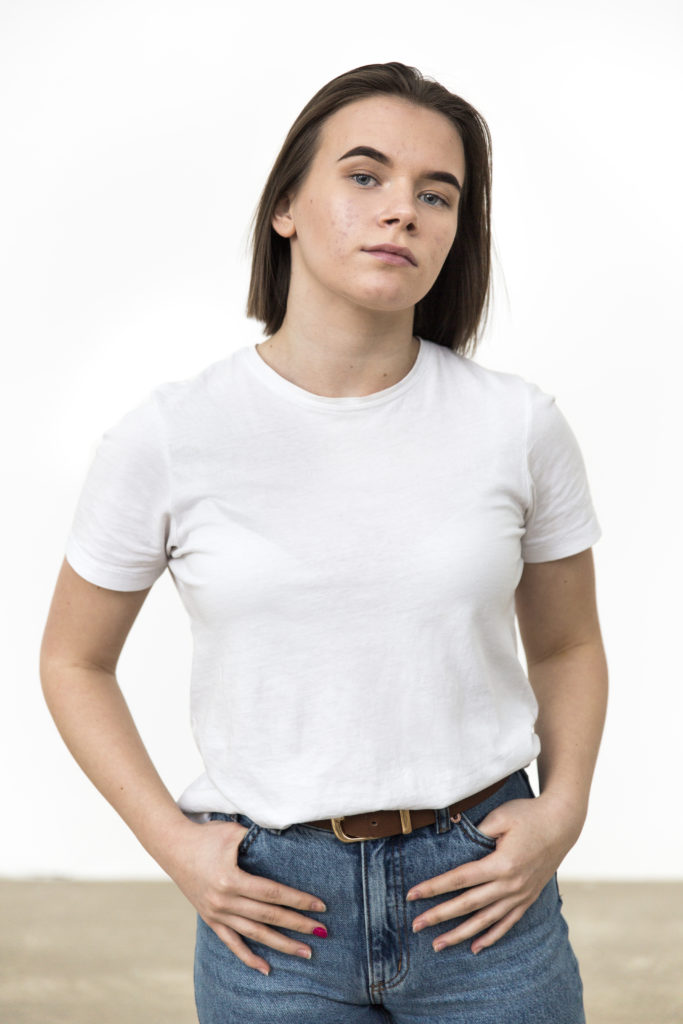
The hands in my pockets were my idea. Nelle’s confident look came with her into the room.
Camilla and Tine / Victoria
Camilla and Tine – demonstrating that no stoneface is needed to radiate authority. And Victoria – who demonstrates that a stoneface always works.
Hanna
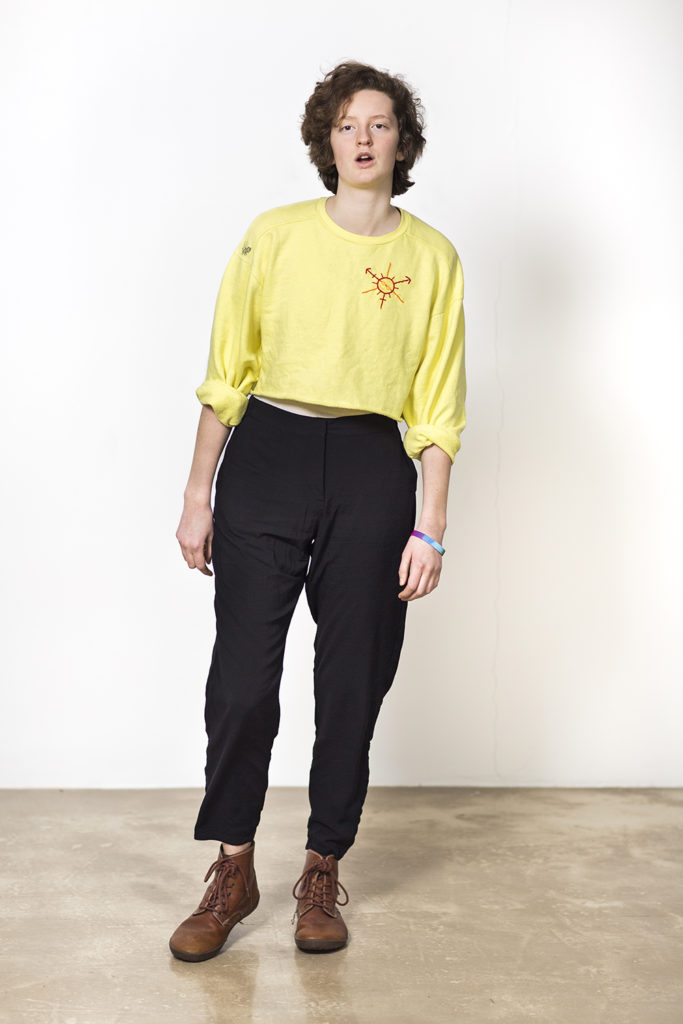
Hanna, who is non-binary. With the upper image we tried to get a masculine expression with the help of movement and lines. I asked them to walk a lap in the room, stop at the same spot and say “GO AWAY” to the camera. A simple trick for a masculine, cheeky look.
The lower picture was actually also thought of as a masculine pose first. Hanna had to pull her hand through the hair reminiscent of a sulky James Dean. But just in this frame I happened to capture Hanna’s hand as it left their hair, and got this softer and gender–norm/body language-wise more ambiguous and interesting image, which also became one of Hanna’s favorites.
Aman
For the interview that was done with Aman after the photo shoot, he was asked if he got to pose in any way than he usually doesn’t in photos.
“Yes, I got to sit with my leg up and things like that. Like a boss, right?”
Comfortably sitting with leg folded in the lap like a boss. Warmy smiling with his head tilted to the side, like a boss. (If it happened to be a woman.)
Youth. Identity. Diversity. will be touring in southern Norway (Agder), then the rest of Norway, then maybe in the rest of Scandinavia. The photo exhibition’s itinerary can be followed via Kristiansand Folkebibliotek’s facebook.

